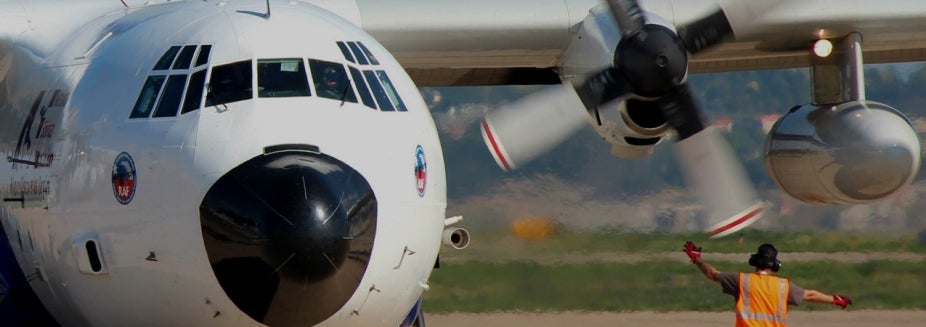Front Range Air Quality: Impacts on You and Your Colorado Playground
Poor air quality — air pollution — can pose a major risk to the health of people and other living things. In the summer of 2014, scientists at the U.S. National Science Foundation National Center for Atmospheric Research and partner organizations launched a major field campaign called FRAPPÉ — the Front Range Air Pollution and Photochemistry Experiment. Using research aircraft, mobile laboratories, balloon-mounted sensors, and complex computer simulations, FRAPPÉ measured air pollution across the Front Range of Colorado and tracked the origins of summertime ozone, an invisible but harmful pollutant that can irritate or damage lungs, reduce crop yields, and harm forests. Find out what’s in the air we breathe, how far it travels, and what we know and don’t know about the origins of Front Range pollution. We also discuss what researchers are doing to advance scientific understanding in support of informed decision making to limit pollutant emissions and exposure.
Frank Flocke
Frank Flocke has been working as a scientist in the Atmospheric Chemistry Observations and Modeling (ACOM) Laboratory at NCAR for over 20 years. He came to NSF NCAR from the Institute for Tropospheric Chemistry at Research Center Jülich in Germany after receiving his Ph.D. from the Bergische Universität Wuppertal in 1992.
Using mainly aircraft measurements, Frank has been involved in research in the field of air quality, pollution transport and chemical interactions and transformations of anthropogenic and natural emissions, and how these processes change the chemistry and composition of the troposphere. He served as a principal investigator and chief aircraft scientist for the Front Range Air Pollution and Photochemistry Experiment (FRAPPÉ) in 2014.
Gabriele Pfister
Gabriele Pfister received her phD at the Karl-Franzens University in Graz, Austria and has been at NSF NCAR since 2002. Her expertise is in the integration of measurements from satellites, aircraft and ground with chemical transport models to investigate the links between local, regional and global air pollution. By combining modeling with satellite and field campaign data she has made important contributions to understanding regional and local air quality including impacts of natural sources in relation to contributions from human activities or trans-boundary and long-range pollution transport. She is a principal investigator on the NSF NSF and State of Colorado Front Range Photochemistry Experiment (FRAPPÉ), an intense field experiment that took place together with NASA DISCOVER-AQ in summer 2014, with the objective to study air quality over Colorado.
